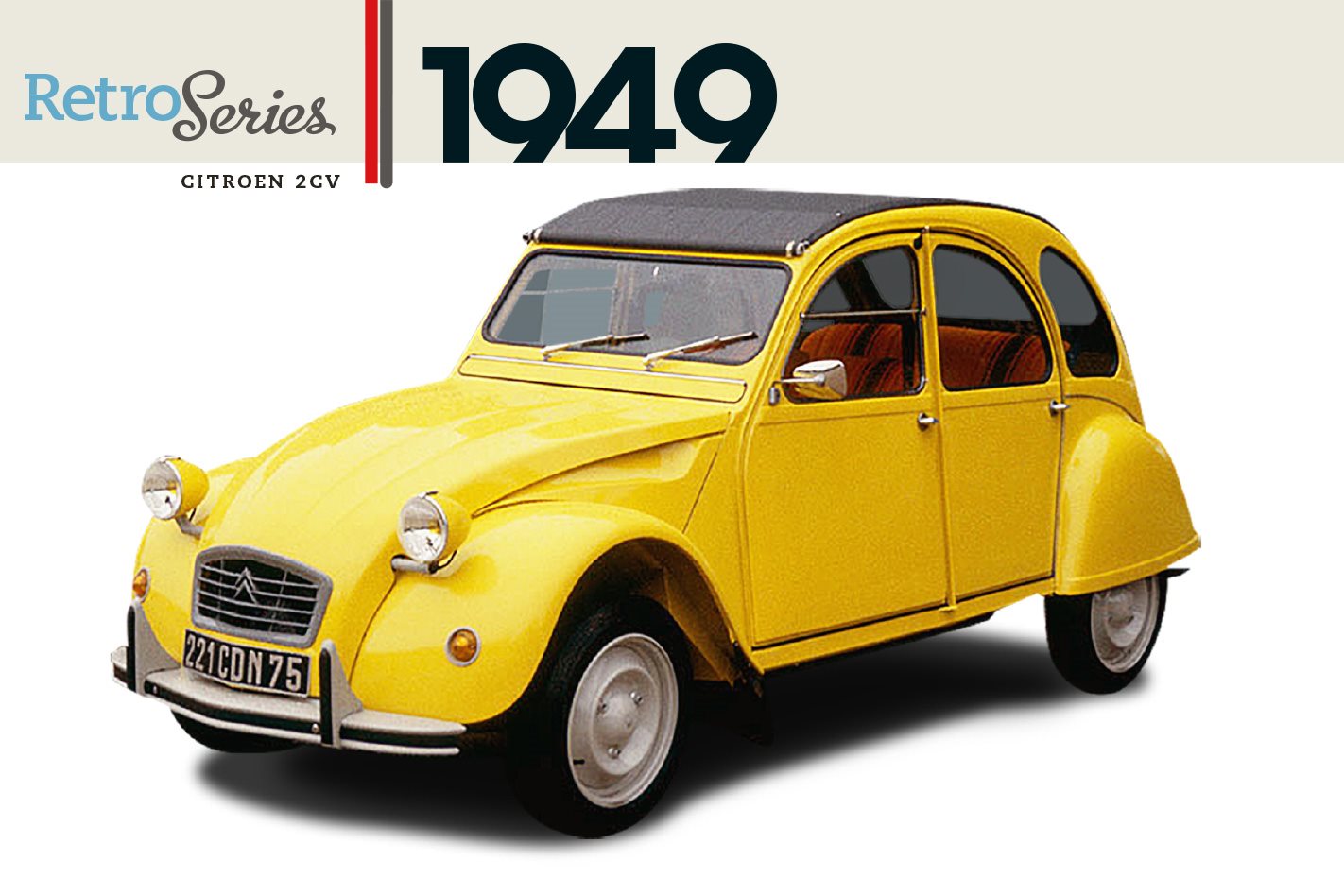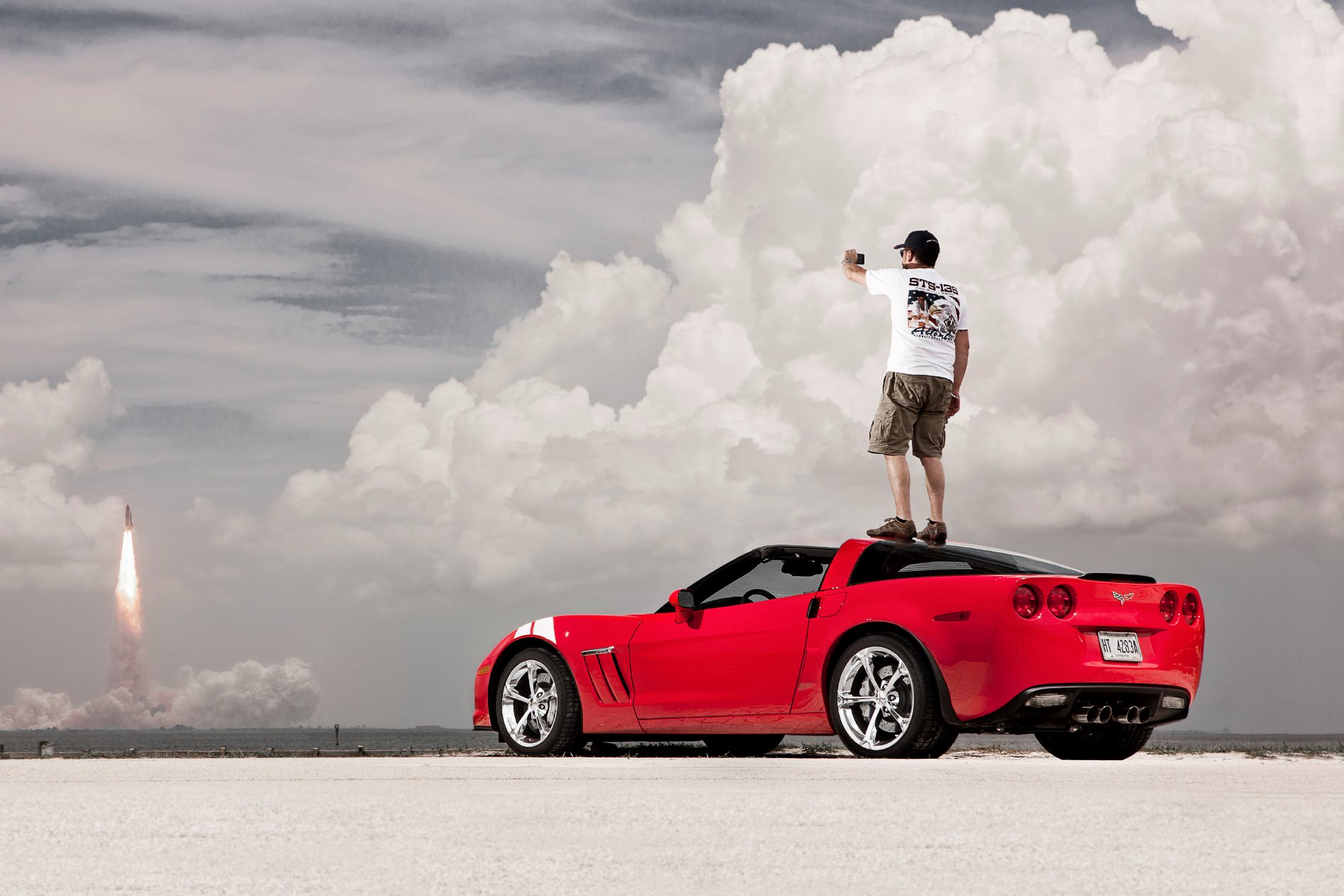Inspired by Henry Ford, Andre Citroen launched his first car in 1919 and, just 10 years later, was producing more than 100,000 cars and trucks annually. However, the Great Depression of 1929 slammed Citroen, which hung its hopes on a highly advanced new model for 1934.
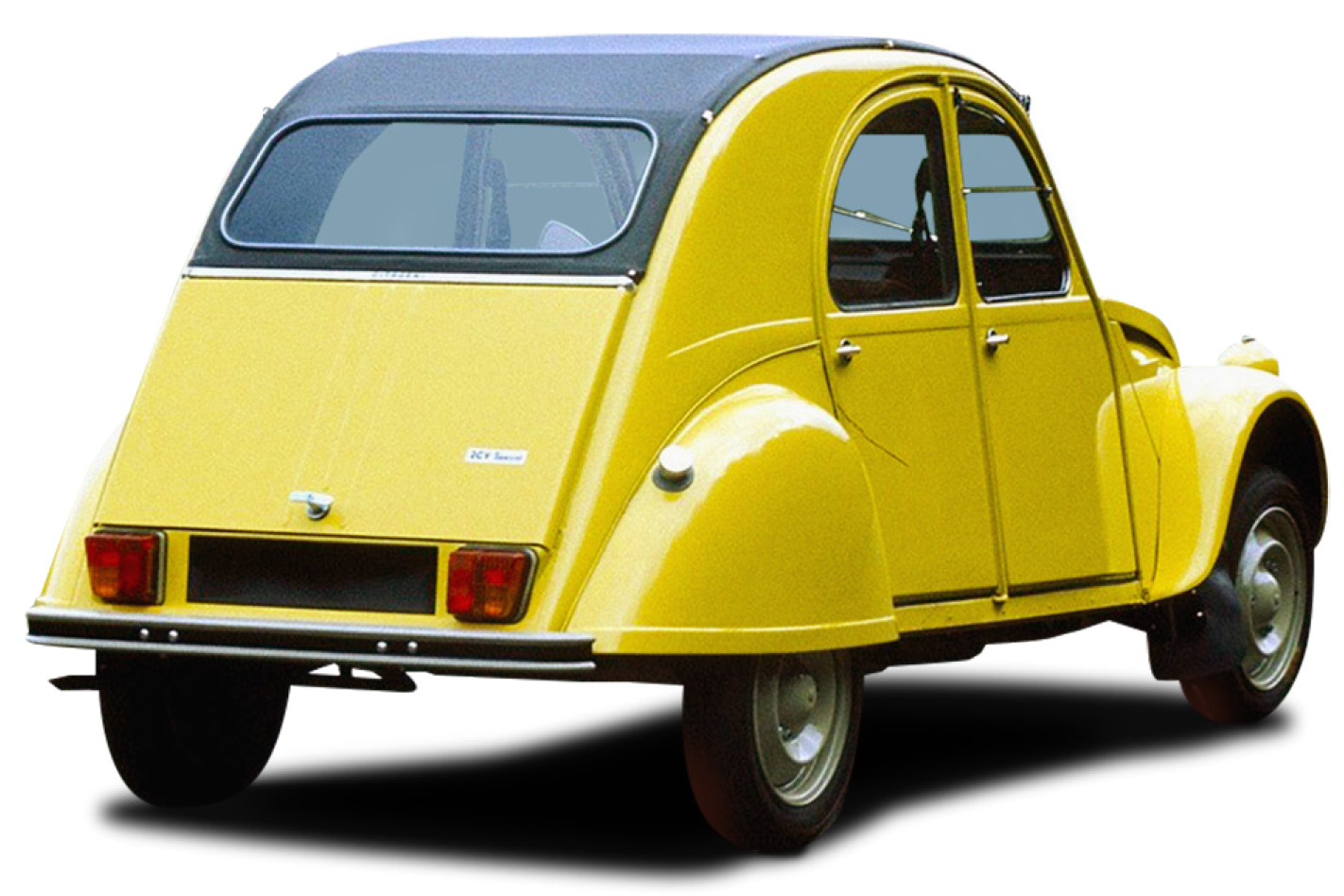
The Traction Avant would remain in production until 1957, but it came too late to save Andre Citroen, who ceded his business to Michelin in late-1934 and died in July 1935.
In 1936, new Citroen boss Pierre Boulanger laid out yet another design so advanced, it too would hold up for decades. Codenamed Très Petit Voiture (very small car), but officially ‘2CV’ (deux chevaux, for two horsepower), only 250 prototypes – with liquid-cooled, flat-twin engines – were built before World War II intervened. Production would not commence until 1949.
Brilliant (and beetle-shaped) in the way of another ‘people’s car’, the 2CV was designed to the brief of ‘four wheels under an umbrella’. The sub-500kg four-door production version had an air-cooled, flat-twin engine (initially of 375cc), long-travel suspension and removable seats. The four-speed manual gearbox was distinctive for its horizontal ‘umbrella handle’ gearshift.
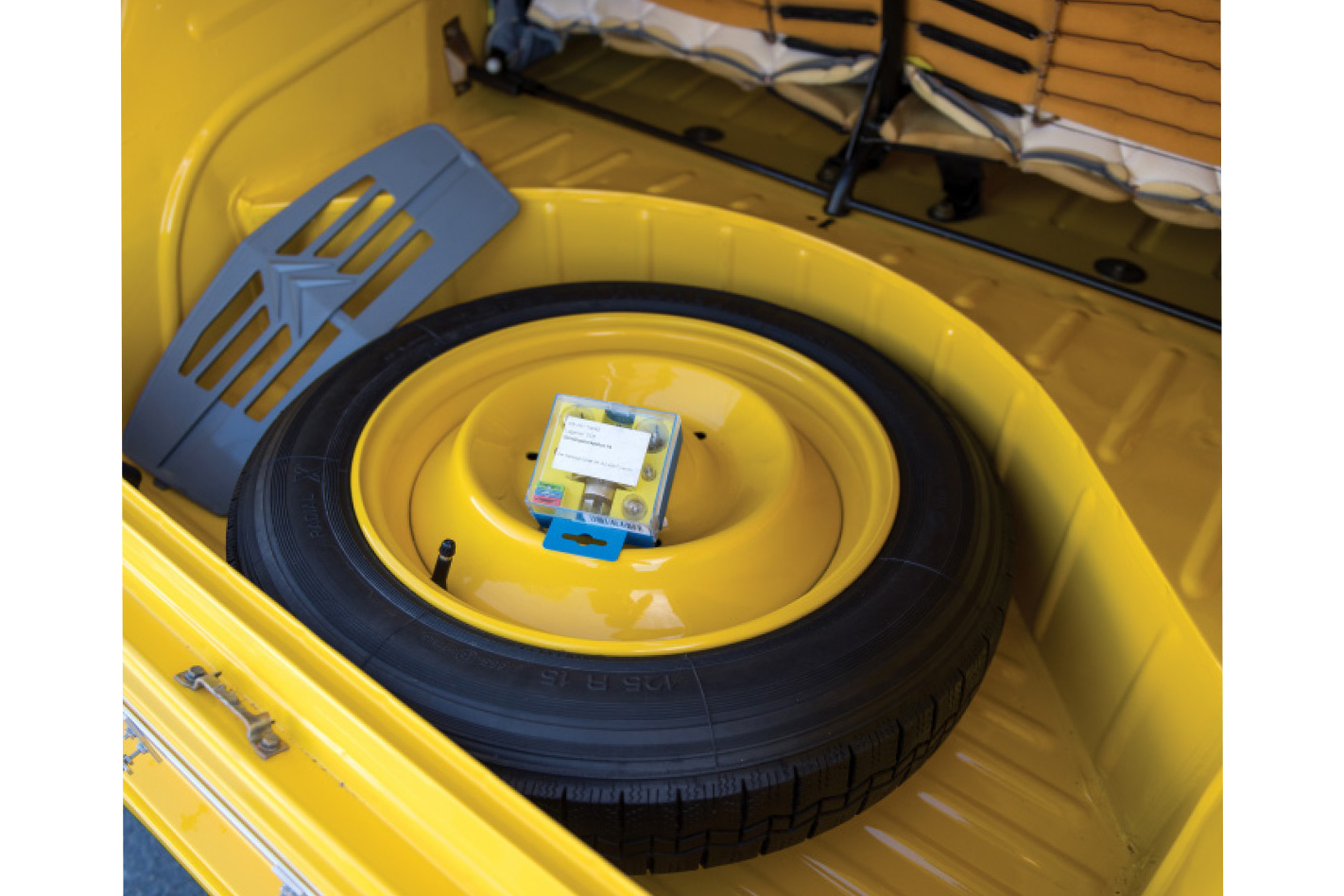
Famously, Boulanger had specified that the 2CV be capable of driving a basket of eggs over a ploughed field without breaking any. Its suspension delivered, with the front and rear wheels each operating (via tie-rods) a longitudinal extension spring. These springs met head-to-head within a sealed cylinder (the ‘longeron’), with pistons at each head maintaining a small air chamber between.
When the front wheel struck a bump, it pulled down on the rear wheel, so the car effectively rode up and over obstructions.
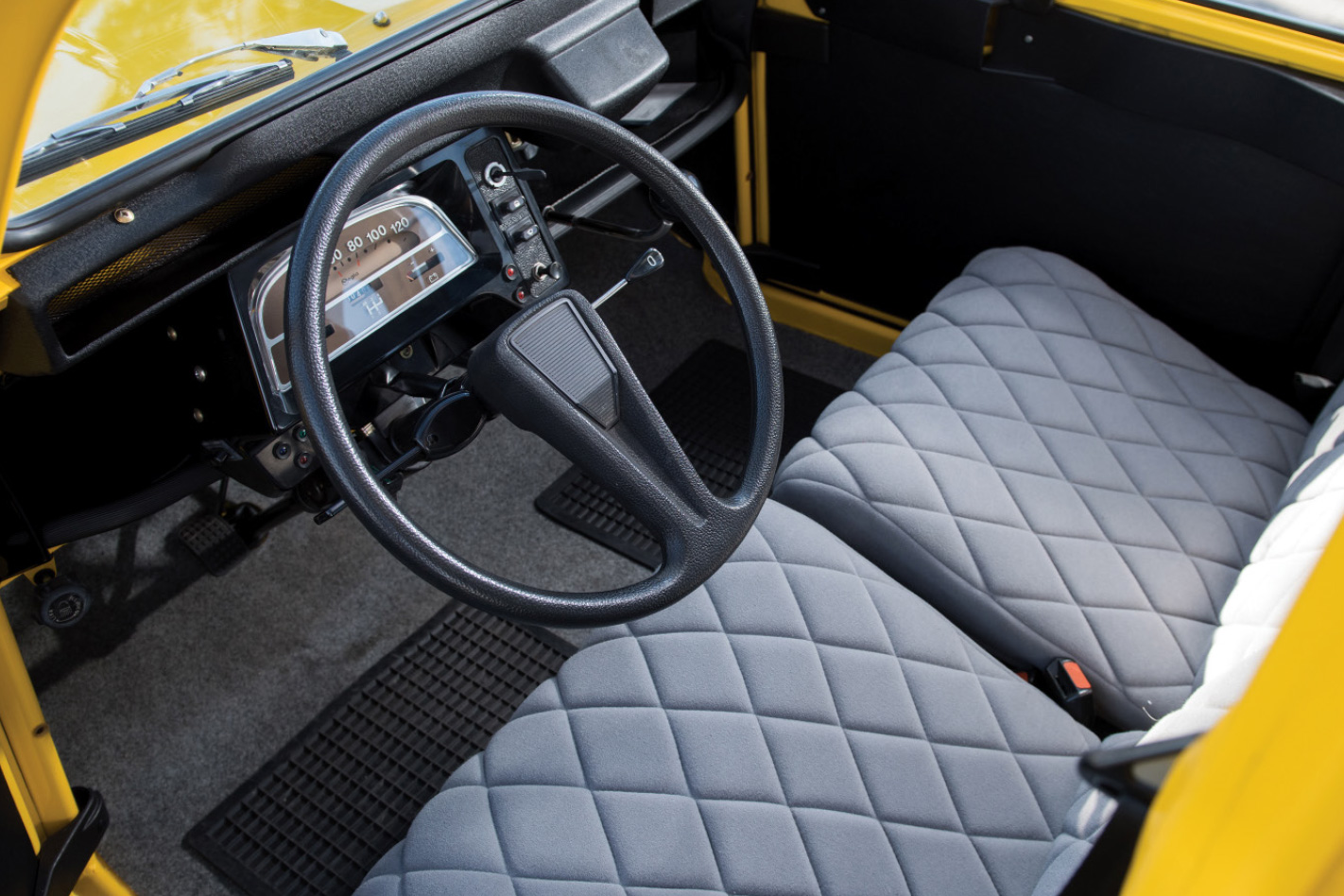
Economy and reliability were paramount: the windscreen wipers were driven by the speedometer cable; the engine cooling fan was bolted directly to the crankshaft; the doors lifted off on vertical pins; the canvas roof rolled back; the seats could be removed in a few seconds.
A farmer could transform the 2CV into a mobile platform and, via the hand throttle, transport hay bales or sick livestock.
The 2CV had minimal evolution over the years, most notable being the engine capacity increasing to 425cc in 1955 and 602cc in 1970. Several body variants were added, including the Fourgonette panel van, the more stylish Dyane and rebodied Ami, the Moke-like Mehari and the military Baby Brousse.
When production ended on July 27, 1990, precisely 3,867,932 2CV sedans had been built, that tally rising to 8,572,216 counting derivatives.
Basic instruction
The 2CV’s unitary chassis had transverse crossmembers carrying the leading front and trailing rear suspension arms. Lightweight, at just 495kg (later models scaled 560kg), the 2CV was incredibly roomy and measured 3780mm long, 1600mm tall and 1480mm wide, on a 2400mm wheelbase. Steering was rack and pinion, brakes by drums until 1981, and tyres were skinny 125mm on 15s till the end.
The skinny on little flattie
The 2CV’s air-cooled, all-alloy, pushrod-ohv flat-twin engine was a study in simplicity. The cooling fan was mounted to the crank, the oil cooler mounted directly in its airflow. Contact breakers on the camshaft served as a distributor. Initial 375cc version made just 6.7kW at 3500rpm and gave 4L/100km; later 425cc stepped up to 9kW and eventually 13.5kW; final 602cc made 19.5 to 25kW, depending on spec.

Reign of the brolly handle
If the production 2CV looks sparse inside, consider the pre-war proposal: corrugated steel panels, a single headlight and canvas-hammock bench front and rear. Post-1949 brought revised bodywork with two headlights, better instrumentation, floor mats and (in later models) twin front seats (still hammock-style) replacing the bench. ‘Umbrella handle’ gearshift mimicked an H-pattern (albeit with R-1/2-3/4), but by rotating the lever as one pushed or pulled it.

